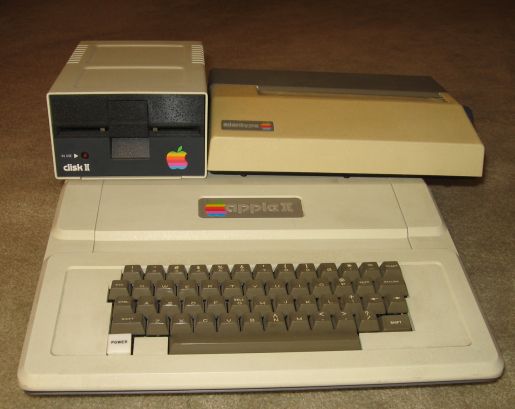After months of toiling with this site off-line I’ve decided it’s time to go live!
If you want to get an idea of what this site is about, you can read the following articles:
Binary Numbers, Binary Code, and Binary Logic
Articles About exploringbinary.com
After months of toiling with this site off-line I’ve decided it’s time to go live!
If you want to get an idea of what this site is about, you can read the following articles:
My name is Rick Regan and I am the author of this site. I have a B.S., M.S., and Ph.D. in computer science (and no, not from Binary University College 🙂 ). All told, I have been using, studying, and programming computers for almost 30 years. OK, so that qualifies me to write about binary. But why do I want to?

This Web site is for anyone who wants to know more about the underlying technology of computers, which, in a word, is binary. It will cover three main topics: binary numbers, binary code, and binary logic. My hope is that it becomes a reference for beginners and professionals alike, a clearinghouse for binary if you will.
We will discuss binary as it exists both inside and outside of computers; for example, binary numbers. Binary numbers are what computers generally use to do arithmetic. There are all sorts of engineering issues related to their implementation in computers: how big to make them, how to represent negative numbers, how to approximate real numbers. etc. Binary numbers were invented long before computers were; they were just a mathematical construct. It’s enlightening to study them in this pure form, and that we’ll do.
To explore is to “investigate, study, or analyze” or “travel over (new territory) for adventure or discovery.” OK, so that part you knew. So what is “binary?”
Merriam-Webster defines binary as “something made of or based on two things or parts.” That follows from the word’s components: the prefix bi-, which means “two” (like bicycle, binocular, or biannual), and the suffix -ary, which means “relating to or connected with” (like budgetary, illusionary, or revolutionary).
![]()
This image is designed to remind you of space exploration (imagine a photo taken from the surface of the moon). The symbols “floating in space” are exemplary of the topics to be explored on this site. The black and white imagery is also symbolic of binary encoding, which is characterized by two opposing “states.”
(A reader proposed an alternate view of the image — that of a chalkboard full of mathematical symbols!)
Here is a brief explanation of each of the sixteen symbols in the image, from left to right:
The pictures below — of items around my house — should convince you of my fascination (obsession?) with binary numbers.
This 1970s-era light fixture adorns my bathroom: My wife sees burned out and missing bulbs; I see 10001001, or the binary representation of 137! (Update: we finally remodeled — no more binary lights 🙁 .)

The mathematical notation you see on this site is generated by a WordPress plugin called LatexRender, which uh, renders LaTeX formulas.
RSS, or Really Simple Syndication, is a way to get Web content (articles, images, audio, video, etc.) without having to visit the Web site that generates it. It’s a way to make content come to you instead of you coming to it.
The main benefit of RSS is that you can enjoy the Web on your own schedule; you don’t have to check and recheck your favorite Web sites for new content or worry that you’ll miss something that scrolls off the main page. Whether a site adds new content ten times a day or once a month, RSS will keep you updated.